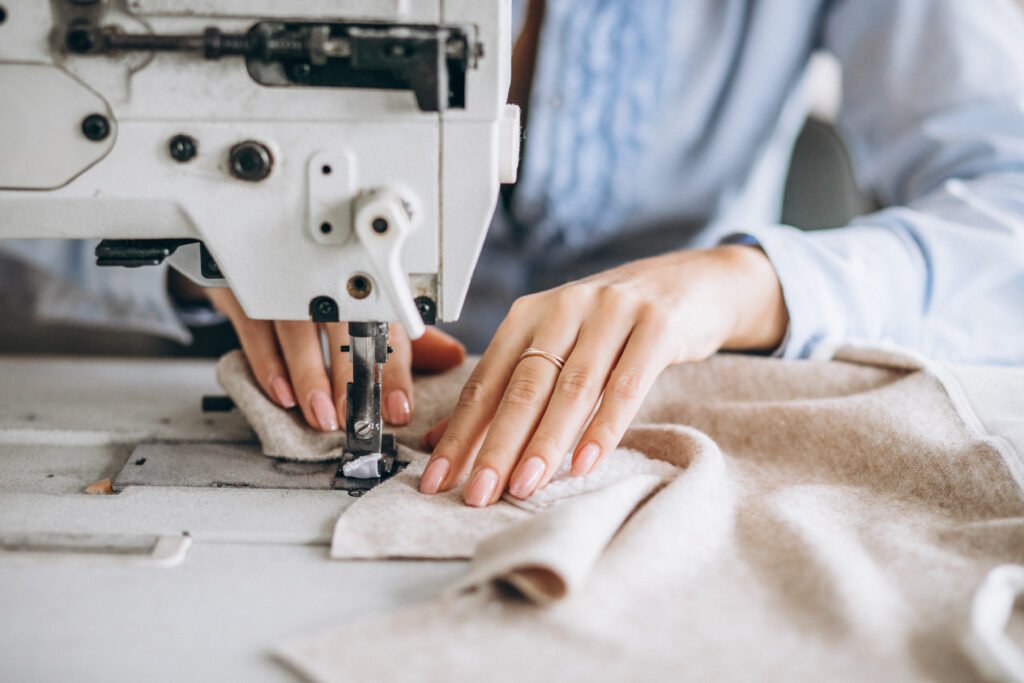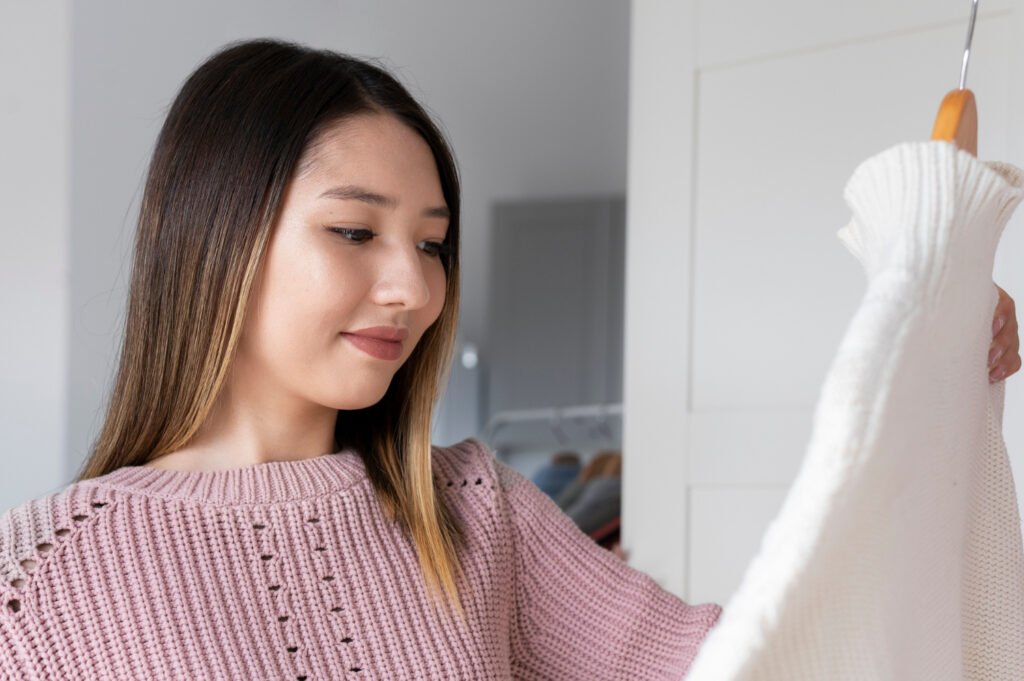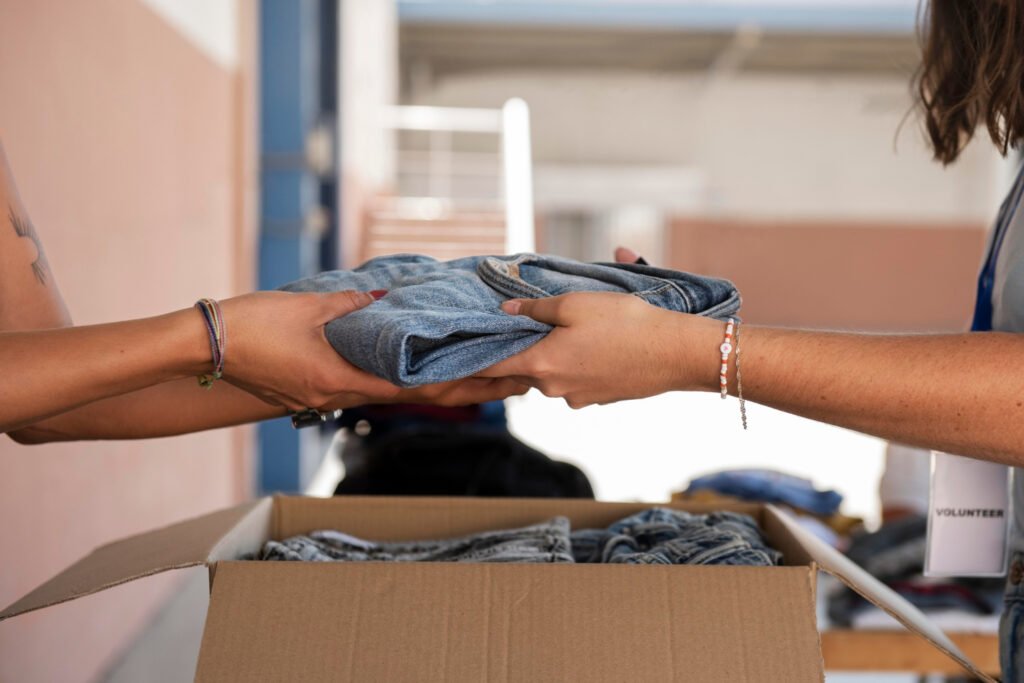Why Saying No Is the Boldest Style Statement Yet
No-Buy 2025, What is it? By now, you’ve probably scrolled past it: a minimalist apartment tour, a stitched TikTok diary about not shopping for 12 months, or a 30-second reel titled “My No-Buy Year So Far.”
It’s not just a passing phase. It’s a movement.
And it’s gaining serious ground—especially with Gen Z and younger Millennials—who are pushing back on hyper-consumption with a quiet, radical rebellion: #NoBuy2025.
What Is the No-Buy 2025 Movement?
At its core, the No-Buy Movement is a commitment to avoid purchasing anything non-essential for an entire year. Participants define their own rules, but the collective mission remains the same: buy less, live more.

As Investopedia puts it, a no-buy year “encourages participants to reevaluate their relationship with money, consumption, and self-worth.” Instead of dopamine hits from doorstep deliveries, people are discovering joy in upcycling, secondhand swaps, and rediscovering the value of enough.
“I’ve saved thousands and learned that my self-expression doesn’t have to come from new clothes,” says @theminimalmillennial, a No-Buy TikTok creator with over 250K followers.
It’s a trend with roots in mindfulness—but not everyone sees it as harmless. Some critics raise concerns about its impact on consumer-reliant economies, especially fashion, beauty, and hospitality. Others point to the risk of social isolation or exclusion in communities where personal style is a form of identity and belonging.
So how do we balance intentional consumption with creative self-expression?
Two forward-thinking fashion brands may hold the answer.
Fashion, Responsibly: Meet Empulse and Pangaia
One of the smartest ways to support the No-Buy ethos—without going cold turkey—is to shift how and where we buy.
That’s where brands like Empulse and Pangaia shine. Both are built on sustainability and ethics, but offer radically different entry points: one accessible, the other elevated. Together, they represent a new wave of fashion that values intention over indulgence.
🌿 Empulse: Streetwear, Made On Demand

Empulse is a digitally-native streetwear label that’s rewriting the rules of apparel production. Every item is made only when it’s ordered—a bold move that eliminates overproduction, reduces textile waste, and keeps costs down for customers.
“We only make what matters—and we make it for you,” says founder Mil Spasov.
Empulse’s on-demand model ensures zero deadstock, no landfill overflow, and a highly personalized shopping experience. There are no seasons—just drops driven by creative purpose and community vibe.
Built on a blend of sustainability, affordability, and cultural edge, Empulse is the perfect fit for conscious consumers who want to buy less, but better. It’s a smart option for No-Buy participants looking to break their fashion fast intentionally—without compromising style or principles.
🧬 Pangaia: Science-Driven Premium Essentials
If Empulse is the people’s streetwear, then Pangaia is the lab-grown couture of the sustainable world. The brand combines fashion, biology, and materials science to deliver luxury staples that are as innovative as they are ethical.
From botanical dyes and seaweed fiber t-shirts to bio-based outerwear, Pangaia is leading the charge in what they call “high-tech naturalism.”
“We design products and business models for the future—by solving problems of today,” explains Pangaia’s sustainability team.
Their prices reflect this future-forward approach, with pieces typically sitting in the premium bracket—a choice designed to fund deep investment in R&D, carbon offsetting, and ethical supply chains.
For consumers ready to invest in innovation, Pangaia offers a minimalist, modern wardrobe with maximum purpose.
Rethinking What We Wear—and Why

Both Empulse and Pangaia show us that conscious fashion isn’t about restriction—it’s about responsibility. Whether you’re staying strict with your no-buy goals or simply rethinking your next purchase, these brands represent a powerful mindset shift.
“The future of fashion isn’t mass production—it’s precision,” notes Vox. “Tech-enabled production will make waste obsolete.”
The No-Buy 2025 movement doesn’t ask us to stop expressing ourselves—it asks us to slow down, reconnect with our values, and be more selective with what we welcome into our lives.
In that sense, fashion becomes a tool—not just for style, but for statement.
And in this new world, brands like Empulse and Pangaia aren’t outliers—they’re leading the way.
🧾 Empulse vs Pangaia: At a Glance
| Feature | Empulse | Pangaia |
|---|---|---|
| Production Model | Made-on-demand, zero inventory | Batch-produced with R&D focus on next-gen materials |
| Price Range | $$ (accessible) | $$$$ (premium) |
| Design Aesthetic | Streetwear, graphic-led, bold drops | Minimalist, muted tones, luxury basics |
| Sustainability Approach | Print-on-demand, zero waste, recyclable packaging | Bio-innovation, carbon neutrality, eco-textiles |
| Target Shopper | Gen Z / Gen Y, style-conscious and value-driven | Conscious luxury buyers, innovation-focused |
| Flagship Materials | Organic cotton, Sorona®, recycled polyester | Seaweed fiber, FLWRDWN™, bio-based coatings |
| Production Speed | Order-to-make in ~2–3 days | Limited edition seasonal drops |
| Personalization Options | High – custom text/designs per item | Low – fixed SKU design |
✨ Final Thought

If you’re joining the No-Buy 2025 journey, remember: it’s not about never buying again. It’s about saying yes to the right things, at the right time, from the right sources.
When you’re ready, make it intentional.
Make it ethical.
Make it Empulse.
Or make it Pangaia.
Either way, you’re not just buying clothes.
You’re backing a better future.
🔗 Further Reading & References
- Investopedia: What Is a No-Buy Year?
- BBC Culture: The Trend of Not Buying Anything
- Vox: The Future of Fashion Is On-Demand
- Ellen MacArthur Foundation: A New Textiles Economy
- Pangaia Official Website
- Empulse On-Demand Streetwear





